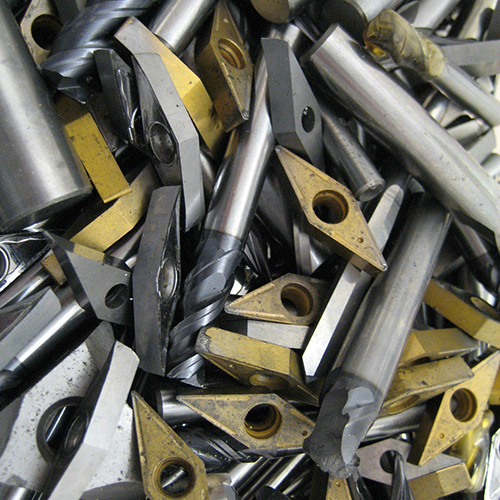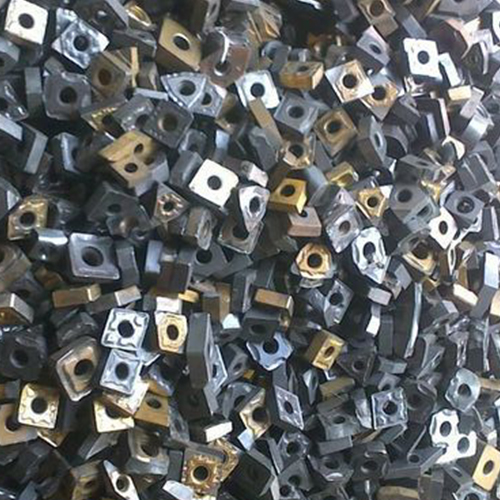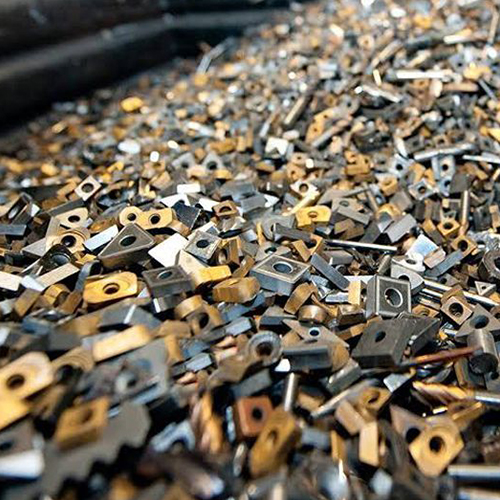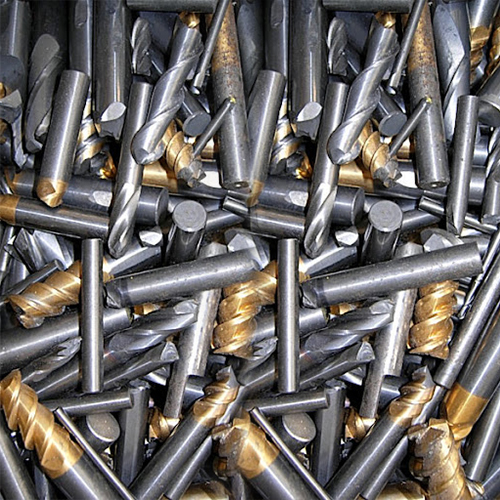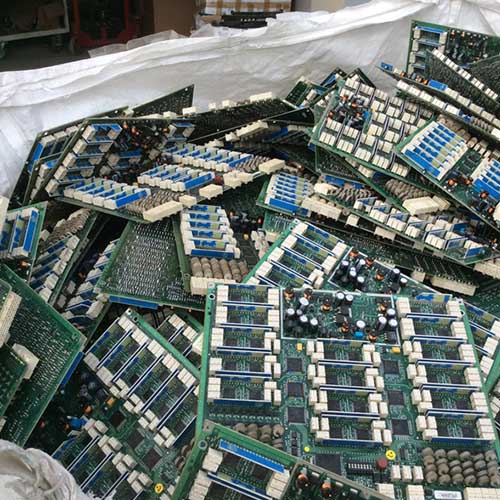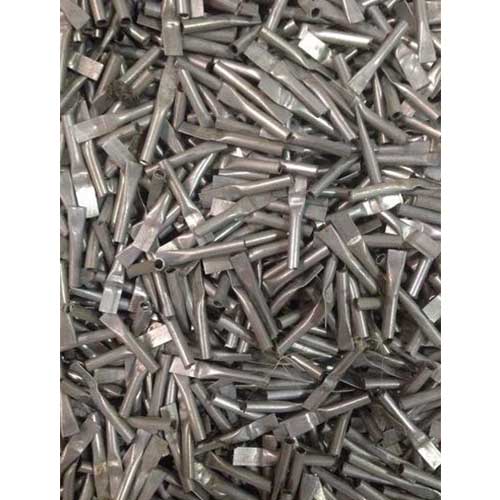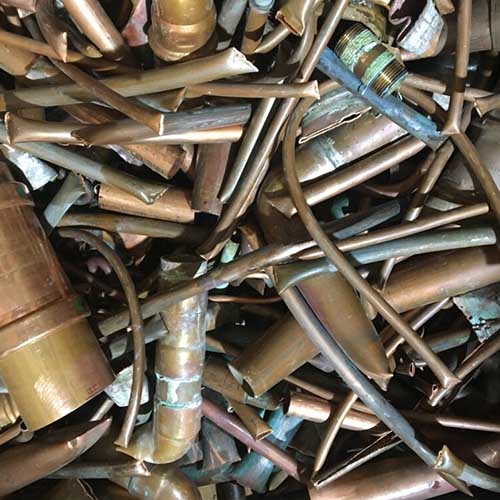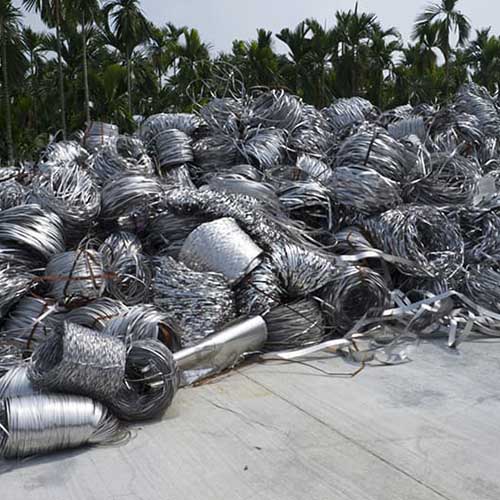CARBIDE SCRAP
CARBIDE SCRAP
We have carbide in its different forms:
- Carbide Dust
- Carbide Sludge
- Drill Bits
- Carbide Tips
- Rods and End Mills
- Carbide Solids
- Carbide Stamplings
- Buttons and Rings
- Inserts
Carbide Scrap
Carbide scrap, whgich is also known as tungsten carbide scrap, is a very valuable material that can be recycled and repurposed. However, identifying carbide scrap can be challenging, especially for those who are unfamiliar with its properties and characteristics.
Carbide exhibits high density, exceptional strength, and remarkable resistance to wear and heat. These properties make it a valuable material in various industries, including manufacturing, construction, and mining. By familiarizing yourself with these properties, you gain valuable insights that will guide you throughout the identification process.
Many carbide scrap pieces come with markings or labels that indicate their composition and origin. Look for engravings or stamps on the surface of the material, as these can provide valuable information about its carbide content. Common markings include “WC” or “TC” (representing tungsten carbide) and the percentage of carbide content. These markings are usually accompanied by the manufacturer’s logo or code, which can help identify the specific grade or type of carbide scrap.
Additional Information
Carbide scrap often exhibits distinct color and texture characteristics. By closely examining the material, you can gain valuable insights into whether it contains carbide. Tungsten carbide typically has a grayish color, while cemented carbide may appear darker or black. Additionally, carbide scrap may have a textured surface due to the presence of cobalt or other binding agents. Keep these color and texture cues in mind during the identification process. Remember that the color and texture alone may not be conclusive evidence of carbide presence, but they can provide initial indications.
-
Inserts
These are the most common type, originating from cutting tools like milling and turning inserts. They come in different shapes and sizes, affecting their value. -
Rods and End Mills
Used for drilling and milling applications, these scraps are typically larger and heavier than inserts, often commanding a higher price per kilogram.
-
Drill Bits
Worn-out drill bits of various sizes contribute to the carbide scrap stream. Their value depends on factors like size, type (solid or tipped), and remaining carbide content. -
Buttons and Rings
These specialized shapes, used for specific applications like wear plates and dies, can also be recycled, although their value may vary based on size and complexity.
Professional, Reliable, Friendly Services
As one of the leading name in scrap deals and recycling, we offer professional, consistent-quality, friendly scrap recycling services to our clients. You can talk to our specialists and let us know if you have any specific ferrous or non-ferrous metal scrap requirements.
As soon as you reach out to us, we will make up a plan based on your convenience for your scrap requirements. After completing the metal scrap arrangement for delivery, we will quickly process for shipment and make your business experience with us transparent and smooth.

